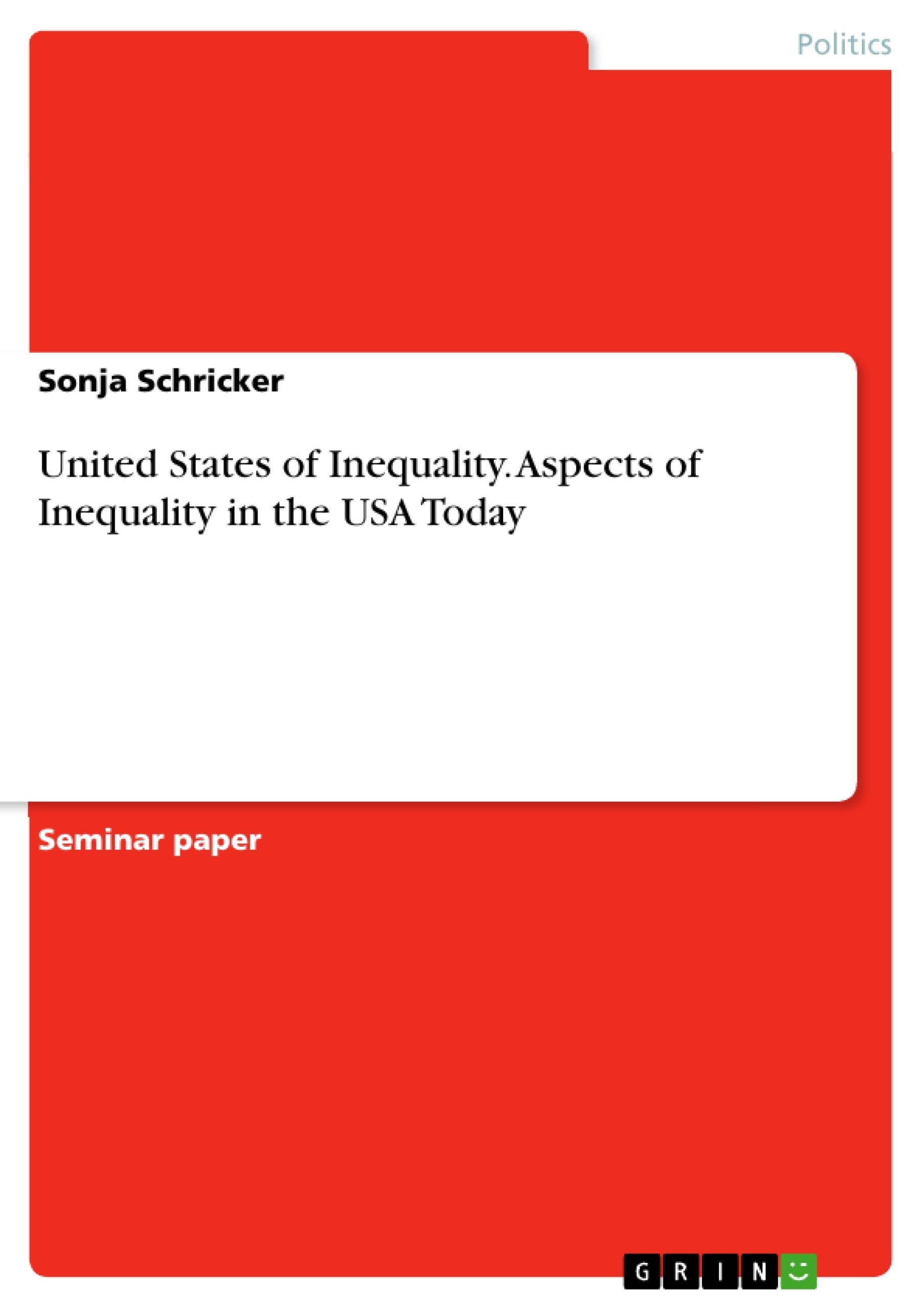If you switched on your TV on September 17th 2011 to watch the 8 o'clock news, there is no doubt you have heard about a movement called “Occupy Wall Street”. A group of people started occupying Zuccotti Park in New York’s financial district in Lower Manhattan. But what is this all about? According to the movement’s website, the aim is to denounce the tremendous inequality dividing the USA’s population and to fight against the corruption and greed of the Top 1%.
The distribution of income among the income groups has drastically changed over time. While the income of the bottom 99% of people increased only slightly, that of the Top 1% skyrocketed, creating a massive divergence.
This is the main problem that the Occupy Wall Street movement addresses, which is not only up-to-date in the USA, but also in many other countries of the world.
Additionally, apart from income there are also other important aspects to inequality like education and health care that are required to form a bigger context, which is the goal of this thesis.
Inhaltsverzeichnis (Table of Contents)
- Introduction: Inequality – A Recent Topic
- Definition of Inequality
- Aspects of Inequality in the USA today
- Education
- Health Care
- Political Participation and Representation
- Labor Markets and Other Sources of Income
- The Vicious Cycle of Inequality
- An Example of Inequality: Appalachian Poverty
- Causes of Appalachian Poverty
- Effects of Appalachian Poverty
- Conclusion: Possible Ways Out of Inequality
Zielsetzung und Themenschwerpunkte (Objectives and Key Themes)
The main goal of this thesis is to examine the issue of social inequality in the United States, focusing on the disparities between income groups. It delves into the different aspects of inequality, including education, healthcare, political participation, and labor markets, to provide a comprehensive understanding of the multifaceted nature of this issue.
- The widening gap between the rich and the poor in the USA
- The impact of inequality on access to education, healthcare, and other essential resources
- The vicious cycle of inequality and its perpetuation across generations
- The example of Appalachian poverty as a case study of the consequences of inequality
- Potential solutions and strategies for mitigating inequality
Zusammenfassung der Kapitel (Chapter Summaries)
The introduction discusses the emergence of the Occupy Wall Street movement and its focus on income inequality in the USA. It highlights the growing disparity between the top 1% and the rest of the population, emphasizing the importance of examining other aspects of inequality beyond income, such as education and healthcare.
The next section defines social inequality and its various facets, emphasizing the differential access to social goods based on factors such as income, education, and healthcare. The focus shifts to the specific context of the USA and the impact of income inequality on access to education.
The thesis continues by examining the interconnectedness of different aspects of inequality, illustrating the “vicious cycle” of inequality and its perpetuation. This section explores the connection between low income and limited access to education, healthcare, and political participation, further highlighting the challenges faced by lower-income groups.
Schlüsselwörter (Keywords)
This thesis focuses on the issue of social inequality in the USA, exploring the impact of income disparities on access to resources like education, healthcare, and political participation. It utilizes the concept of the “vicious cycle” of inequality to illustrate the interconnectedness of various factors contributing to this phenomenon. The case study of Appalachian poverty provides a specific example of the consequences of systemic inequality.
- Arbeit zitieren
- Sonja Schricker (Autor:in), 2012, United States of Inequality. Aspects of Inequality in the USA Today, München, GRIN Verlag, https://www.grin.com/document/343513



